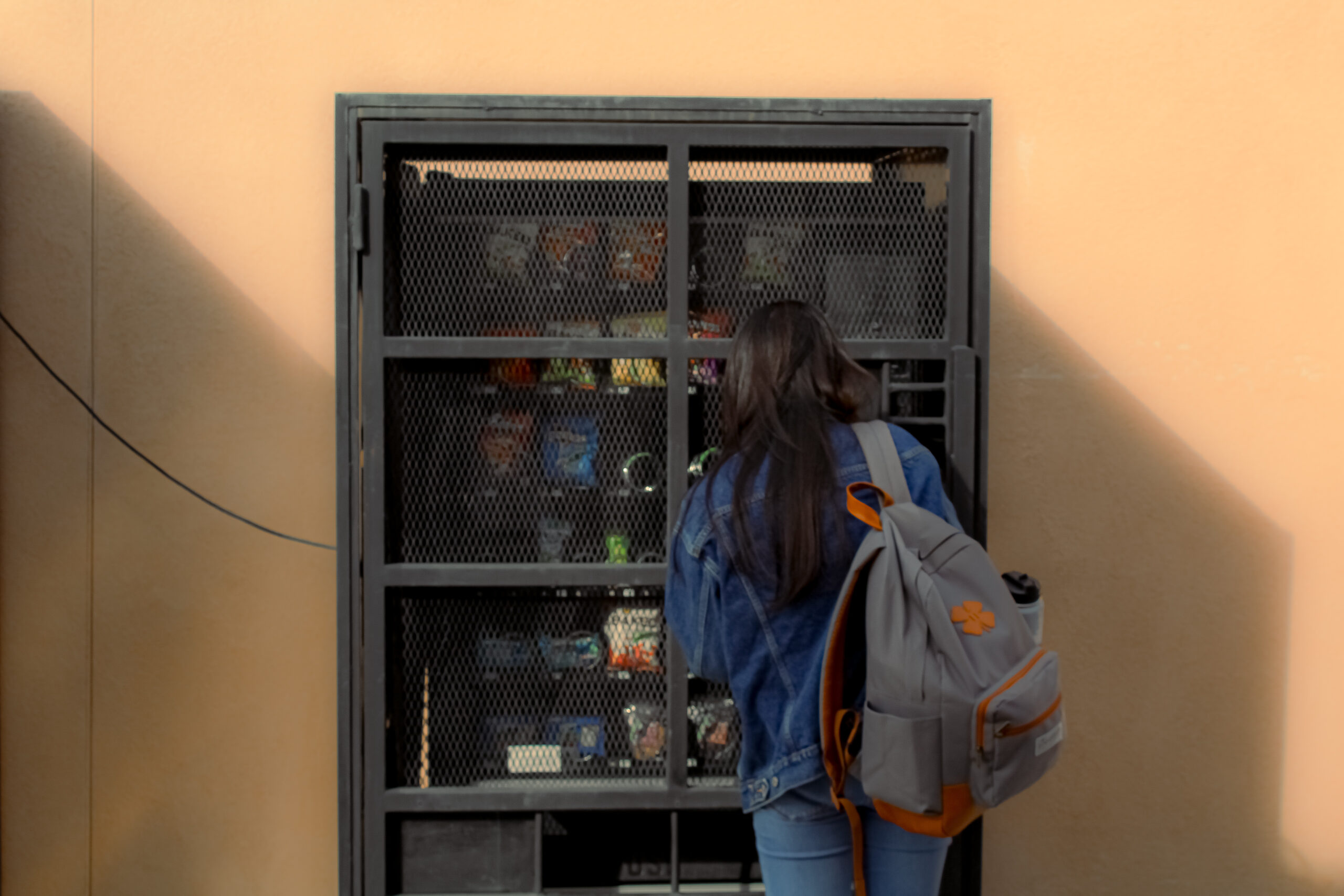
By Hien Bui
Although nearly all of us grew up beside social media, it’s worth remembering that we’re still susceptible to the largely unprecedented effects that “plugged-in” adolescence will bring. As another generation is set to be “raised by the age of the Internet” and the previous one begins to enter adulthood, social media platforms and their “addictive” natures are falling under greater scrutiny.
A feature that has been placed under this lens is “endless scroll,” something that has been an integral part of social media platforms since the heyday of Myspace and Friendster.
The endless scroll is a built-in component of the “feed,” which, while interfaces and names differ from platform to platform, is where the crux of interaction and content on social media is found. The idea behind it is that there is a never-ending stream of content to view based on who you follow or interact with. Algorithms gauge your interest and deliver similar posts in the forms of features like Instagram’s explore page, offering a truly infinite scroll.
This constant accessibility at the literal touch of a finger has created notable consequences with its users and a ripple effect within the industry that doesn’t bode well nor show signs of stopping anytime soon.
Social media’s shortening
Posts on the first social media platforms bear a closer resemblance to blog posts than today’s character-limited tweets.
As the Internet grew in usage and numbers, a phenomenon occurred: engagement began to be judged by different parameters as more and more people flocked to these long defunct sites. The number of people visiting and the time they spent on the site became a form of currency to the then-fledgling social media platforms emerging. Character limits began to shorten and became a key aspect of the social stratosphere as sites tried to condense more interesting content in the same amount of space.
Endless scroll moved on from the longer in-depth think pieces that had first pushed this kind of sharing into popularity to posts that would rarely exceed four lines of text and were punctuated by early Internet abbreviations. New photo and video sharing features coupled with sites such as LinkedIn, Spotify and Pinterest, which filled in specific niches only continued the casualization and almost rapid-fire nature of social media.
Today, the future of social media seems to be shorter-time limits to videos and “stories” with many sites adopting Snapchat’s core feature of sharable, expiring snapshots.
While there is no conclusive evidence that social media has caused a neurological drop in our attention spans, it has forever altered the way we consume and process information as we grow more and more used to fewer words and time in our content.
The New News Cycle
The sensational nature of news and news reporting can adopt has roots dating as far back as the 19th century. Throughout the years, this style has been echoed in the gripping front-page headlines of print media and the “in-the-moment” news reporting of cable television.
Exaggeration and possible misrepresentation isn’t a new concept when it comes to our access to information, but social media catapults it to an entirely different scale. With platforms that actively invite and encourage user input, news moves faster than a feed can refresh as a million voices clamor to be heard, and misinforming or manipulating the masses is easier than ever.
In a seemingly infinite stream of information, “clickbait” articles or titles draw attention with dramatics and are easily distributed to up to millions of people regardless of the validity or biases of the information within them.
This becomes even more concerning as a recently published study from the Pew Research Center, a nonpartisan American-based research group, reported that 55% of adults now receive their news from social media with 28% doing so in a regular capacity.
This type of “click-driven” journalism has recently created controversy over “fake news,” forcing social media platforms to crack down on information with fact-checking initiatives and placing greater emphasis on taking greater personal responsibility with determining the source and biases of information.
“Doomscrolling”
“Doomscrolling,” defined as the inability to look away from bad news, was a term that found a resurgence with the COVID-19 outbreak.
It was an understandable sentiment with the nation indefinitely confined to their homes, the pandemic dominating every nook and cranny of the Internet and our tendency to give negative news more attention. To many, the endless scroll felt like the only link left to the outside world despite the anxieties and stressors that came attached to such connectivity.
This continued as the conversation shifted away from the virus and toward racial injustice and the Black Lives Matter movement. Social media became an asset, an invaluable place to express opinions, organize and see firsthand accounts of what was happening in real-time. In the same vein, the endless rabbit-hole of bad news and uncertainty is just as omnipresent and addictive.
The compulsion and, at times, the guilt associated with this coping mechanism is draining and can lead to burnout.
So, what now?
Social media is a powerful resource especially when we’re living through unprecedented and upsetting times. It has an outreach that spans the globe over and, in the face of what’s going on in the world, it’s imperative that we stay as best informed as we can.
Social media isn’t budging from where it stands from as a cultural and global standpoint. For the foreseeable future, “endless scroll” will continue to be a part of our lives and the “new normal” that awaits us. What we shouldn’t forget moving forward is the role we actively take in all of our social media experiences and ourselves as part of the bigger picture.
We actively have a choice in what we’re seeing on the screen: recognize our own limits and the toll so much at once can take, and view what we see on our timelines with a grain of salt and a bit of fact-checking. If the compulsion to scroll gets too great, a reprieve from social media isn’t something to be scared of or feel guilty about.





